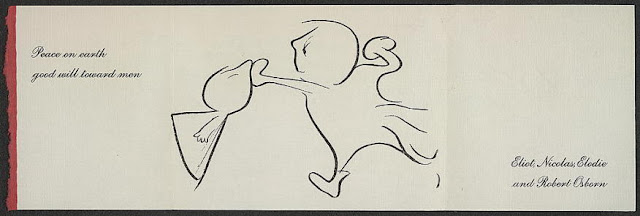Wavefunction is a kinetic sculpture comprised of fifty to one hundred Charles and Ray Eames moulded chairs (designed in 1948) and placed in a regular array of rows, facing the entrance to the exhibition space. When someone approaches the work, a computerised surveillance system detects their presence and the closest chairs automatically begin to lift off the ground, creating the crest of a wave that then spreads over the whole room. A system of electromechanical pistons raises each chair forty centimetres from the ground. The pistons are controlled by a computer that runs the mathematics of fluid dynamics, thus making the waves interfere with each other, creating turbulence or becoming calm, just like real water.
The idea of a 'function' as a field for artistic experimentation is a motivation for this piece. Other references include: the mathematics of dynamic systems, capable of generating complex non-linear, behaviours, the materialisation of surveillance and turbulence and the anti-modular reinterpretation of the work of modern designers such as Charles and Ray Eames.
The idea of a 'function' as a field for artistic experimentation is a motivation for this piece. Other references include: the mathematics of dynamic systems, capable of generating complex non-linear, behaviours, the materialisation of surveillance and turbulence and the anti-modular reinterpretation of the work of modern designers such as Charles and Ray Eames.
Ph. courtesy: Rafael Lozano-Hemmer
























